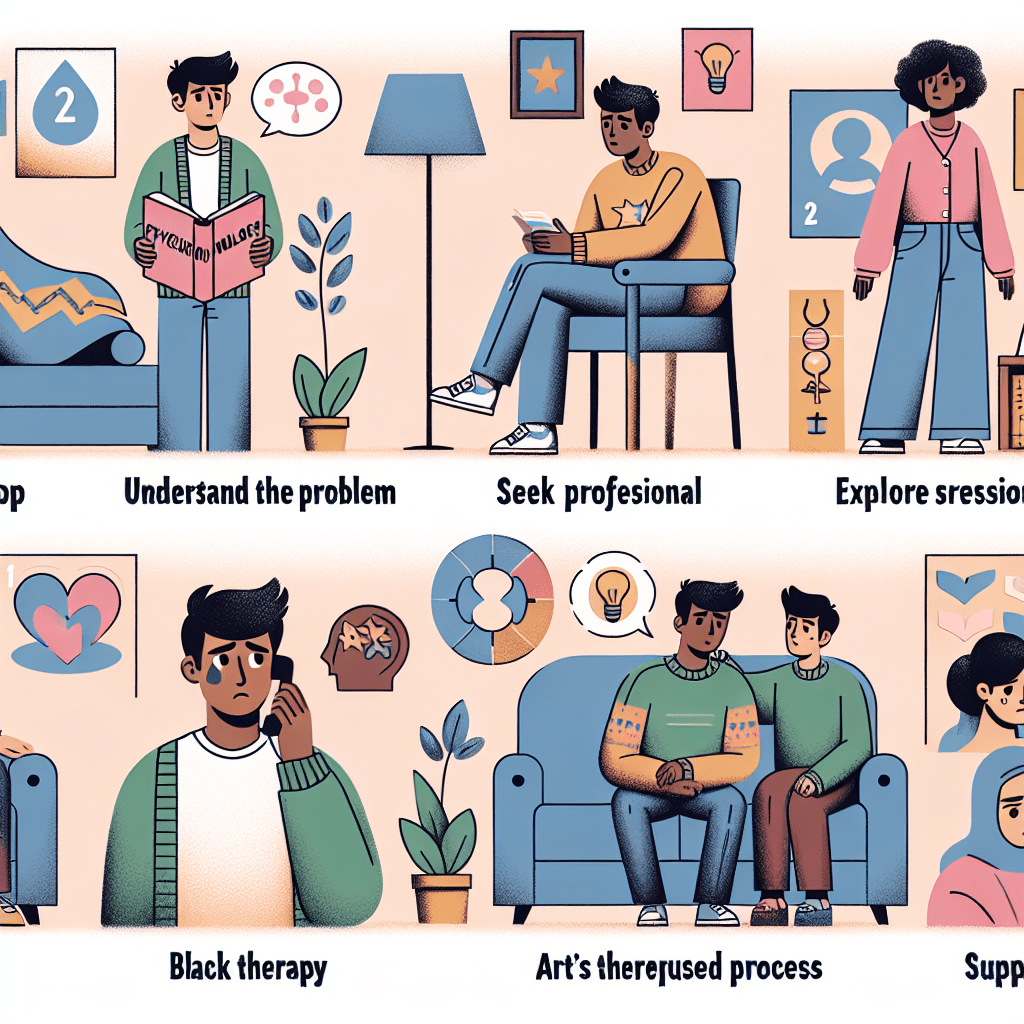Get your free Book Here

Navigating mental health care for a loved one can feel overwhelming. These decisions often carry both urgency and emotion, making it vital to approach the process with clarity and hope. Understanding the landscape of mental health treatment can empower families to choose the right options for their loved ones, fostering a sense of stability and support.
Chapter 1: Overview of Mental Health Care
Mental health care encompasses a variety of treatments and support systems designed to address psychological well-being. This field includes therapy, medication management, and various alternative treatments. Families often find themselves exploring different paths, each designed to cater to unique needs. Recognizing the available resources is a critical first step.
There are often misconceptions surrounding mental health care, primarily regarding the stigma attached to mental illnesses. Addressing these misconceptions with education can encourage a more supportive environment for individuals seeking help.
Chapter 2: Why Seeking Treatment is Essential
Choosing to seek mental health treatment can be daunting. Many families face obstacles such as fear of stigma, lack of information, or concerns about access to care. Yet, timely intervention can significantly improve the quality of life for your loved one.
Symptoms of mental health issues often manifest as changes in mood, behavior, or daily functioning. When these symptoms disrupt life, intervention can pave the way for recovery. Early identification and support often lead to better outcomes, making this journey not just necessary but life-changing.
Chapter 3: Who Benefits from Mental Health Treatment
Mental health care benefits individuals of all ages and backgrounds. Children, teenagers, adults, and seniors can all experience mental health issues, and each group has unique needs and treatment avenues.
Understanding who may require treatment can help families identify signs in their loved ones. Those dealing with anxiety, depression, trauma, or behavioral disorders can particularly benefit from tailored support.
Chapter 4: What are the Treatment Options
A myriad of treatment options are available, each with distinct methods and environments. Familiarizing yourself with these options can assist in making informed decisions.
- Psychotherapy: Often known as talk therapy, this approach facilitates open communication with a mental health professional.
- Medication: Antidepressants, anxiolytics, and mood stabilizers can effectively manage symptoms for many individuals.
- Support Groups: Joining others with similar challenges can provide a sense of belonging and shared experience.
- Family Therapy: Engaging the entire family can foster understanding and support.
- Cognitive Behavioral Therapy (CBT): This structured approach helps individuals identify and alter negative thought patterns.
- Mindfulness and Meditation Practices: These techniques can reduce symptoms of anxiety and depression.
- Holistic Therapies: Approaches such as yoga, acupuncture, and art therapy can complement traditional treatments.
- Teletherapy: Offering flexibility, online therapy has become increasingly popular.
- In-patient Programs: For severe cases, residential treatment can provide comprehensive support.
- Outpatient Services: Regular visits to a mental health provider while living at home can balance independence with necessary care.
Chapter 5: Where to Find Help
Finding the right provider is essential. Start by searching local hospitals, community centers, and online directories.
Ask trusted friends, family, or other caregivers for referrals. Local mental health organizations often provide valuable resources and guidance. Online reviews and professional websites can help gauge the quality of specific care providers.
Chapter 6: Identifying When to Seek Treatment
Recognizing the right moment to seek treatment can be challenging. Common triggers include prolonged feelings of sadness, drastic behavioral changes, persistent anxiety, or difficulty in carrying out daily activities.
Keep an open dialogue with your loved one. When discussing feelings, be encouraging and non-judgmental. If the distress continues beyond a few weeks, it may be time to explore options.
Chapter 7: How to Engage in the Treatment Process
Supporting your loved one involves more than just finding a therapist. It requires active participation in their treatment journey.
- Communicate Openly: Discuss fears and concerns together.
- Attend Appointments: Demonstrating support through presence can foster comfort.
- Educate Yourself: Understanding mental health issues will enhance empathy.
- Encourage Independence: While support is crucial, allowing your loved one to make choices promotes empowerment.
- Celebrate Progress: Acknowledge achievements, no matter how small.
- Maintain Routine: A predictable schedule can alleviate stress.
- Stay Patient: Recovery is a journey, often with ups and downs.
Chapter 8: Evaluating Pros and Cons of Treatment Options
Each treatment option comes with its own set of pros and cons. Evaluating these can help your family decide the best fit.
Pros:
- Tailored treatments can meet individual needs.
- Many options offer flexibility in scheduling.
- Treatments can lead to improved emotional regulation and well-being.
Cons:
- Some therapies require significant time commitments.
- Not every treatment works for everyone, leading to a trial-and-error approach.
- Costs can accumulate, especially with ongoing therapy.
Understanding these facets of mental health care can enhance both awareness and empathy within families. The more informed you are, the better equipped you can be to support your loved one through their journey.
FAQs
1. What should I do first if I suspect my loved one needs help?
Start by having a compassionate conversation. Listen to their feelings and discuss the idea of professional support.
2. How long does treatment typically last?
Treatment duration varies widely based on individual needs; some may find relief in a few sessions, while others may engage in long-term therapy.
3. Can I join my loved one in therapy?
Yes, many therapists offer family or group sessions to foster understanding and teamwork.
4. What qualifications should I look for in a mental health provider?
Look for licensed professionals with experience in specific areas related to your loved one’s challenges.
5. How can I measure progress?
Regular discussions about feelings, observed behaviors, and feedback from mental health providers can help gauge progress.
Instantly Access Your FREE Children’s Books Here!
Disclaimer: As an Amazon Associate, I earn from qualifying purchases. I may earn a commission from qualifying purchases as an affiliate. Please note that I only recommend products I believe will provide value to my readers.







